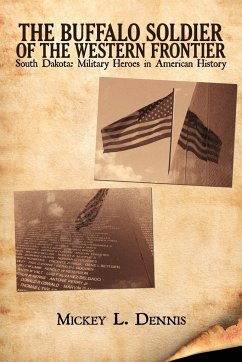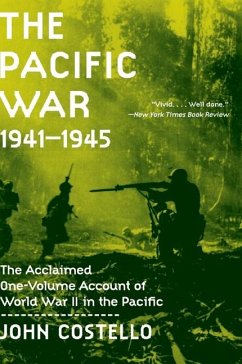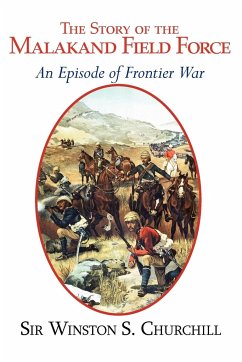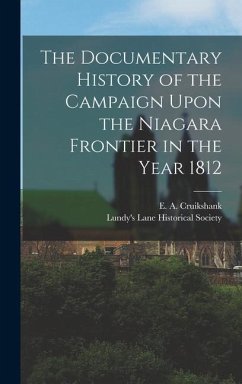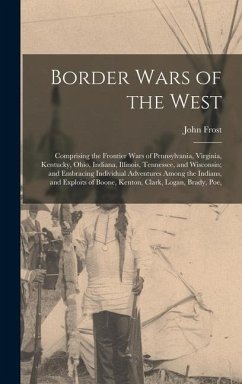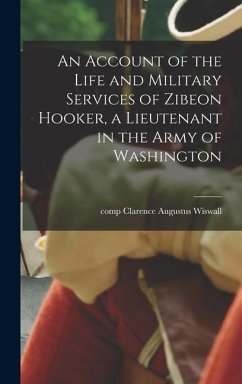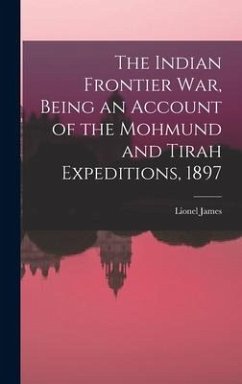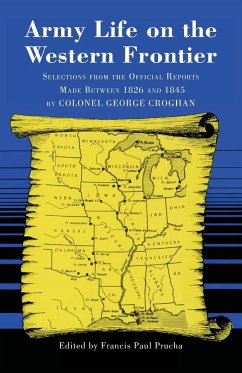
Army Life on the Western Frontier
Selections from the Official Reports Made Between 1826 and 1845 by Colonel George Croghan
Herausgeber: Prucha, Francis Paul
Versandkostenfrei!
Versandfertig in 1-2 Wochen
21,99 €
inkl. MwSt.

PAYBACK Punkte
11 °P sammeln!
From Fort Snelling on the upper Mississippi and Fort Leavenworth on the Missouri to Fort St. Philip below New Orleans, the string of military bases along the western frontier of the United States played an essential part in the orderly advance of settlement following the War of 1812. Small, isolated , and insignificant in terms of fortification-after all, the authorized strength of the whole army was only 6,000 men-they were nevertheless the stabilizing and moderating force in the dramatic "rise of the new West." For twenty years prior to the Mexican War, Colonel George Croghan, as inspector g...
From Fort Snelling on the upper Mississippi and Fort Leavenworth on the Missouri to Fort St. Philip below New Orleans, the string of military bases along the western frontier of the United States played an essential part in the orderly advance of settlement following the War of 1812. Small, isolated , and insignificant in terms of fortification-after all, the authorized strength of the whole army was only 6,000 men-they were nevertheless the stabilizing and moderating force in the dramatic "rise of the new West." For twenty years prior to the Mexican War, Colonel George Croghan, as inspector general of the army, examined these frontier garrisons with a critical eye. His reports give an intimate, firsthand picture of what the western outposts were really like. Moreover, whether lashing out at the unreasonable discipline prescribed for privates or quietly commending an officer's good work, he wrote with a warmth and vitality seldom found in government documents. Arranged topically with brief introductions by the editor, the reports cover all phases of army life: quarters, clothing, the mess, hospitals and medical care, army chaplains, quartermaster supplies, the small arms of the troops, instruction, fatigue duties, military discipline, recruiting, and army sutlers. They also contain much additional information on roads, frontier conditions, Indian affairs, and related matters. George Croghan was a perceptive reporter, and his account of life and conditions at the western forts will prove valuable and interesting to the western Americana enthusiast as well as to the student of western history. Colonel George Croghan, a nephew of the famous George Rogers and William Clark, was acclaimed as the hero of Fort Stephenson, Ohio, during the War of 1812. Francis Paul Prucha, who selected and edited Croghan's reports in this book, is the author of The Great Father: The United States Government and American Indians and holds the Ph.D. from Harvard University. A native of Wisconsin, Father Prucha is a priest of the Society of Jesus and professor emeritus of history at Marquette University.







